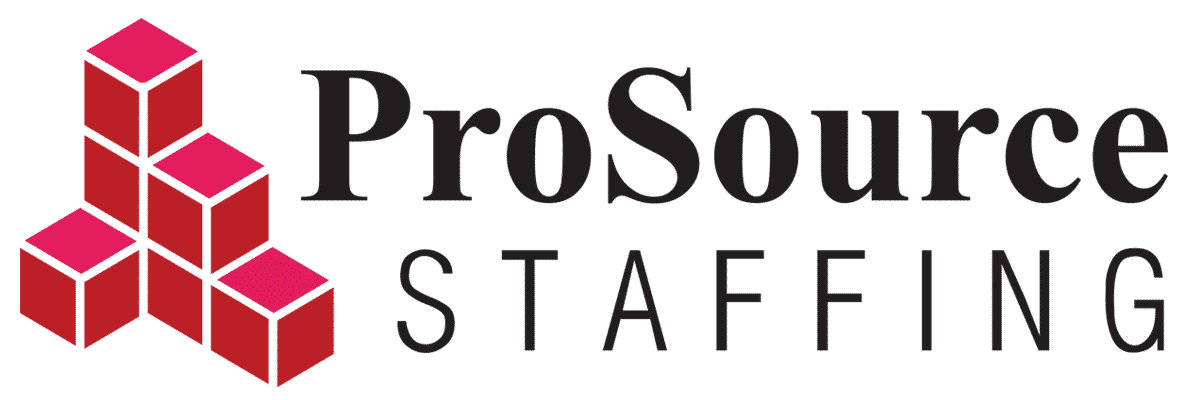As companies navigate the transition back to the office environment after a prolonged period of remote work, maintaining employee engagement is paramount. The return-to-office transition can bring about a mix of emotions and challenges for both employers and employees alike. Finding harmony in this transition requires proactive strategies aimed at sustaining employee engagement and fostering a positive work culture.
Ten Engagement Strategies to Consider
1. Transparent Communication
Keep employees informed about the transition plans, timelines, and safety measures. Transparent communication builds trust and reduces uncertainty, allowing employees to feel valued and engaged in the process.
2. Flexibility
Recognize that employees may have different preferences and concerns regarding returning to the office. Offer flexible work arrangements such as hybrid schedules or remote work options to accommodate diverse needs while maintaining productivity.
3. Listen to Employee Feedback
Create avenues for employees to share their feedback and concerns openly. Actively listen to their input and incorporate suggestions where feasible. This fosters a sense of ownership and involvement in the transition process.
4. Provide Support
Offer support services such as counselling, wellness programs, or resources to help employees manage stress and anxiety associated with the transition. Demonstrating care for employees’ well-being enhances morale and engagement.
5. Revisit Company Culture
Reaffirm the company’s values and culture amidst the transition. Encourage behaviours that promote collaboration, inclusivity, and empathy. Strengthening the sense of belonging fosters greater engagement and commitment to shared goals.
6. Recognition and Appreciation
Acknowledge employees’ efforts and contributions during the transition period. Celebrate milestones, achievements, and resilience demonstrated by individuals and teams. Recognizing their hard work reinforces a positive work culture and motivates continued engagement.
7. Professional Development Opportunities
Offer training programs, skill development workshops, or mentoring opportunities to support employees’ growth and career advancement. Investing in their professional development demonstrates a commitment to their long-term success and fosters loyalty and engagement.
8. Encourage Social Connections
Facilitate opportunities for employees to connect and socialize in person or virtually. Organize team-building activities, networking events, or casual gatherings to strengthen relationships and camaraderie. Building social connections enhances morale and engagement.
9. Empowerment and Autonomy
Trust employees to manage their work effectively and make decisions autonomously. Empowering employees fosters a sense of ownership and accountability, leading to higher levels of engagement and productivity.
10. Continuous Feedback and Adaptation
Solicit ongoing feedback from employees about their experiences and challenges during the transition. Use this feedback to make adjustments and improvements to policies, processes, and initiatives. A culture of continuous improvement demonstrates responsiveness to employee needs and enhances engagement.
Be Proactive About Engagement
In conclusion, sustaining employee engagement amidst the return-to-office transition requires a strategic and empathetic approach. By prioritizing transparent communication, flexibility, support, and a strong company culture, organizations can navigate this transition successfully while maintaining high levels of employee engagement and well-being. Finding harmony in this transition is not only essential for the short-term success of the organization but also for fostering a positive and resilient workforce for the future.
Need top talent in Texas? Contact us today to get the conversation started.
